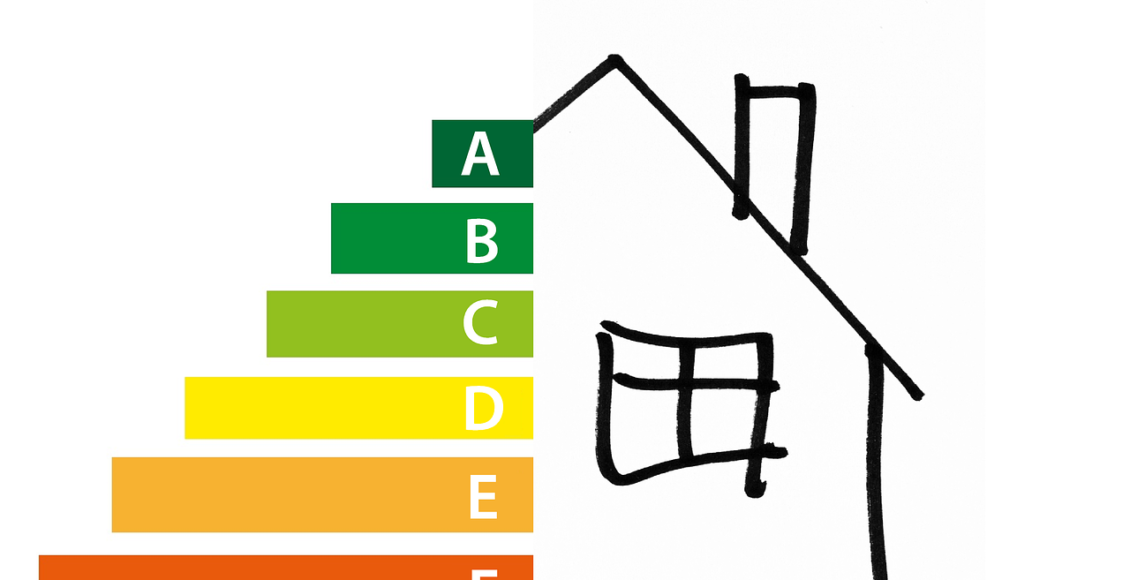There are many small ways to make your home more energy-efficient, and each one can add up to big savings on your monthly energy bill. Replacing just a few items in your home with more efficient versions can help reduce the amount of water and energy you use, as well as save you money in the long run.
Here are four of the most important items to replace.
Light bulbs
Replacing traditional incandescent light bulbs with compact fluorescent (CFL) or LED bulbs is one of the easiest ways to save energy and money. CFLs use about 75% less energy than incandescents and can last up to 10 times longer, while LEDs use even less energy and can last up to 25 times longer. This means that you’ll not only save on your energy bill, but also on the cost of light bulbs over time.
On the other hand, you can consider equipping your home with solar energy. Connecting solar and LED lighting to have an even more efficient home is possible because of how solar panels work – they can store energy from the sun during the day, and then release it at night. This can help power your home even when there’s no sunlight, making for big savings on your energy bill.
Water heater
Your water heater is one of the biggest energy hogs in your home, so replacing it with a more efficient model can lead to significant savings. Tankless water heaters heat water on demand, so you’re not paying to keep a tank of hot water constantly heated. While they cost more upfront, they’re much more energy-efficient and can save you money over time.
If you have an old water heater, consider insulating it to help reduce heat loss. You can also install a timer so that it only heats water when you need it, rather than keeping it heated all day long.
Additionally, consider using less hot water overall. Taking shorter showers, washing clothes in cold water, and only running the dishwasher when it’s full can all help reduce the amount of energy your water heater uses. However, if you have a tankless water heater, there is no need to worry about conserving hot water – it will only heat water as you need it.
Faucets and showerheads
Leaky faucets and showerheads can waste a lot of water, so replacing them with more efficient models is a great way to save. Low-flow fixtures are designed to use less water without sacrificing performance, so you can still get the same level of pressure and flow while using less water. This means that you’ll save money on your water bill, as well as on your energy bill since less hot water will be used.
Look for the WaterSense label when shopping for low-flow fixtures, which indicates that the product meets strict efficiency guidelines set by the EPA. These fixtures are often easily installed and can make a big difference in your water and energy usage.
Additionally, you can save water (and money) by fixing any leaks in your home. A single leaky faucet can waste up to 3,000 gallons of water per year, so it’s important to fix them as soon as possible.
Appliances
Your appliances are some of the biggest energy users in your home, so upgrading to more efficient models can lead to significant savings. However, when shopping for new appliances, keep in mind that larger isn’t always better. A smaller appliance will use less energy, so it’s important to choose the right size for your needs.
In addition, look for appliances with the Energy Star label, which indicates that they meet strict energy-efficiency guidelines set by the EPA. Energy Star appliances use less energy than standard models, so they’ll save you money on your energy bill and help reduce your carbon footprint.
On the other hand, some people might want to explore the option of “smart” appliances. Smart appliances are internet-connected, so you can control them remotely and receive alerts if something isn’t working properly. This can help you save energy by ensuring that your appliances are turned off when not in use, and it can also help you avoid costly repairs by alerting you to potential problems.

Making a few simple replacements in your home can lead to increased energy efficiency and savings on your monthly energy bill. Replacing old light bulbs with CFLs or LEDs, upgrading to a more efficient water heater, installing low-flow fixtures, and choosing the right size appliance can all help reduce the amount of energy you use in your home.
These changes can also save you money in the long run, so it’s important to consider them when making decisions about your home.



Comments are closed.